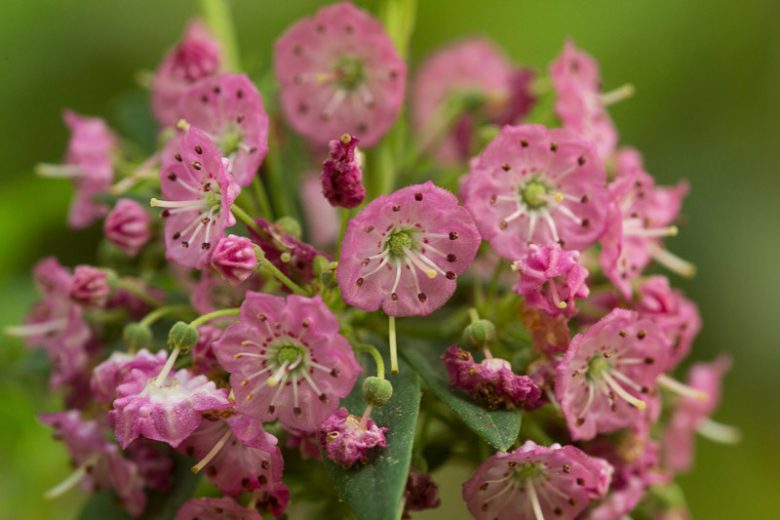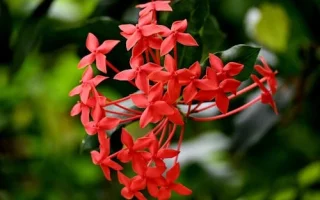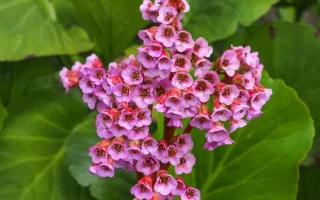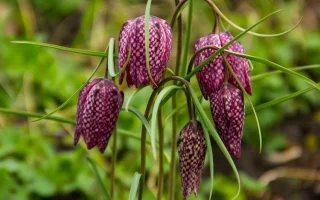ist-pasion.com – Pig Laurel (Kalmia angustifolia), also known as Sheep Laurel or Lambkill, is a striking, hardy shrub native to North America. With its unique, clustered flowers and leathery, evergreen leaves, Pig Laurel offers visual interest throughout the year. While it is often found in wild environments like acidic bogs and forests, it has also become a popular ornamental shrub in gardens, particularly in areas with similar growing conditions. Despite its charming appearance, it’s important to note that Pig Laurel is toxic if ingested, making it essential to plant it thoughtfully in locations away from pets and small children.
Physical Characteristics
Pig Laurel is a small, evergreen shrub that typically grows to a height of 18 to 36 inches (45 to 90 cm). It has dense, leathery leaves that are dark green and glossy, contributing to its evergreen appeal. The plant’s most notable feature is its clusters of flowers, which bloom in late spring to early summer. The flowers are funnel-shaped, usually in shades of pink or white, and they are arranged in dense, rounded clusters at the tips of the branches. These flowers often have a striking, star-like appearance, with each individual bloom displaying a delicate structure with five petals. The plant produces small, capsule-like fruits after flowering, but the real charm lies in the vibrant, seasonal display of flowers.
Growing Conditions
Pig Laurel thrives in acidic, well-drained soil that is rich in organic matter. It prefers slightly acidic conditions, with a pH between 4.5 and 6.0, and can tolerate both dry and moist conditions, though it tends to do best in slightly damp, peaty soil. It is typically found in areas with partial to full shade, making it an ideal plant for woodland gardens or shaded garden beds. Pig Laurel is also relatively tolerant of cold temperatures, which makes it suitable for northern gardens. However, it can struggle in hot, dry climates, so it’s best suited for regions with cool, humid summers. It is relatively low-maintenance and, once established, can thrive with minimal intervention.
Uses in Gardening and Landscaping
Pig Laurel is often used in garden settings where its unique flowers and evergreen foliage can stand out. Its compact size makes it ideal for use in woodland gardens, shaded borders, or as part of a larger, low-maintenance shrubbery. The shrub’s bright blooms offer seasonal interest, and its evergreen leaves provide texture and color during the colder months. It is well-suited for areas with acidic soil and can be a valuable addition to areas where other plants may struggle due to poor soil conditions. Pig Laurel also pairs well with other shade-loving plants such as ferns, hostas, and other woodland species. However, due to its toxicity, it is important to plant it in areas that are out of reach of children and pets.
Health and Medicinal Benefits
While Pig Laurel is visually appealing, it is important to note that all parts of the plant are toxic if ingested. The leaves, stems, and flowers contain compounds that can cause symptoms such as nausea, vomiting, and even more severe reactions if consumed in large quantities. In fact, its common name, “Lambkill,” refers to the plant’s potential toxicity to livestock. Due to this toxicity, Pig Laurel is not used for medicinal purposes, and caution should be exercised when handling the plant, especially in households with small children or animals.
Ecological Importance
Pig Laurel plays a role in supporting local ecosystems, particularly in the wild. Its flowers attract a variety of pollinators, including bees and butterflies, who help fertilize the plant and contribute to the broader biodiversity of the area. While it is not often a significant food source for wildlife due to its toxicity, the dense, evergreen foliage can provide shelter for small animals and insects, making it an important part of a well-balanced garden or landscape. In natural settings, Pig Laurel can help stabilize soil and prevent erosion, particularly in acidic, wet environments where other plants may struggle to grow.
Conclusion
Pig Laurel is a unique and attractive shrub that can add interest and beauty to shaded, acidic areas of the garden. Its striking flowers and glossy evergreen leaves provide visual appeal year-round. However, due to its toxicity, it is crucial to be mindful of its placement in gardens, especially where pets or children may be present. When grown in the right conditions, Pig Laurel is a hardy and low-maintenance plant that can thrive in woodland gardens or shaded landscapes, offering both ecological benefits and aesthetic value. Whether you’re looking for a plant that will provide seasonal flowers or a hardy shrub for a challenging environment, Pig Laurel is an excellent choice for gardeners who can give it the care it requires.




